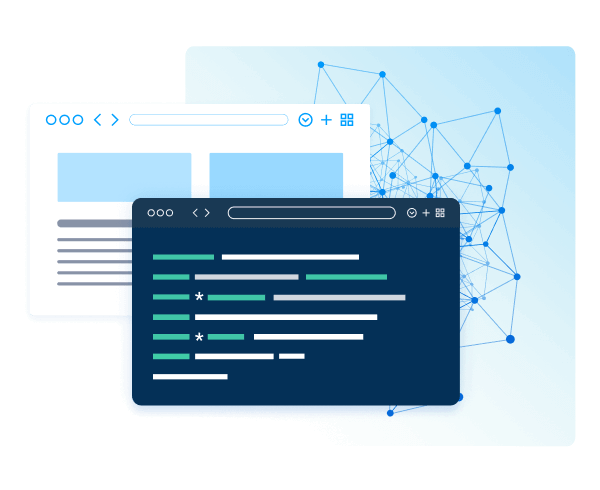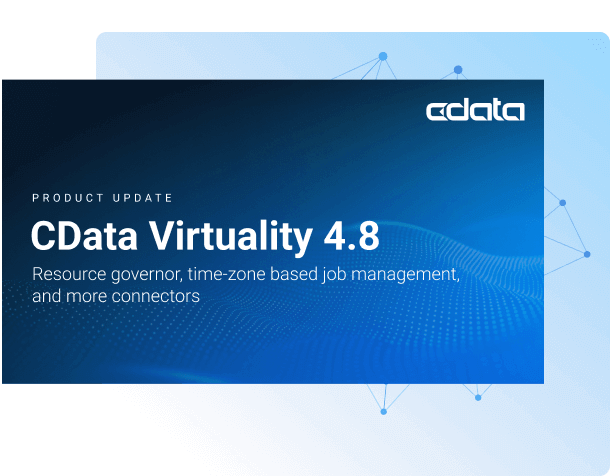Discover how a bimodal integration strategy can address the major data management challenges facing your organization today.
Get the Report →Connect to Power BI XMLA Data in Ruby
Connect to Power BI XMLA data in Ruby with ruby-dbi, dbd-odbc, and ruby-odbc.
The CData ODBC Driver for Power BI XMLA makes it easy to integrate connectivity to live Power BI XMLA data in Ruby. This article shows how to create a simple Ruby app that connects to Power BI XMLA data, executes a query, and displays the results.
Create an ODBC Connection to Power BI XMLA Data
If you have not already, first specify connection properties in an ODBC DSN (data source name). This is the last step of the driver installation. You can use the Microsoft ODBC Data Source Administrator to create and configure ODBC DSNs.
By default, use Azure AD to connect to Microsoft Power BI XMLA. Azure AD is Microsoft’s multi-tenant, cloud-based directory and identity management service. It is user-based authentication that requires that you set AuthScheme to AzureAD.
For more information on other authentication schemes, refer to the Help documentation.
Installing Ruby and Necessary Gems
If you do not have Ruby installed, refer to the Ruby installation page. With Ruby installed, you will need to install the ruby-dbi, dbd-odbc, and ruby-odbc gems:
gem install dbi
gem install dbd-odbc
gem install ruby-odbc
Create a Ruby App with Connectivity to Power BI XMLA Data
Create a new Ruby file (for example: PowerBIXMLASelect.rb) and open it in a text editor. Copy the following code into your file:
#connect to the DSN
require 'DBI'
cnxn = DBI.connect('DBI:ODBC:CData PowerBIXMLA Source','','')
#execute a SELECT query and store the result set
resultSet = cnxn.execute("SELECT Country, Education FROM Customer WHERE Country = 'Australia'")
#display the names of the columns
resultSet.column_names.each do |name|
print name, "\t"
end
puts
#display the results
while row = resultSet.fetch do
(0..resultSet.column_names.size - 1).each do |n|
print row[n], "\t"
end
puts
end
resultSet.finish
#close the connection
cnxn.disconnect if cnxn
With the file completed, you are ready to display your Power BI XMLA data with Ruby. To do so, simply run your file from the command line:
ruby PowerBIXMLASelect.rb
Writing SQL-92 queries to Power BI XMLA allows you to quickly and easily incorporate Power BI XMLA data into your own Ruby applications. Download a free trial today!





